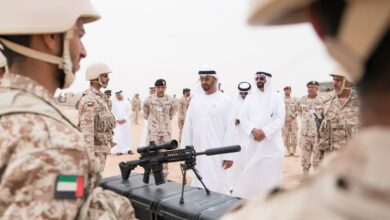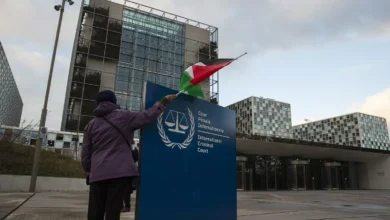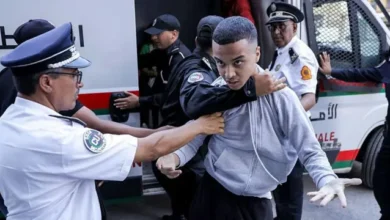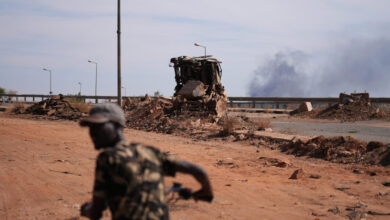From Gaza to Darfur — How Mohammed bin Zayed Weaponizes Famine
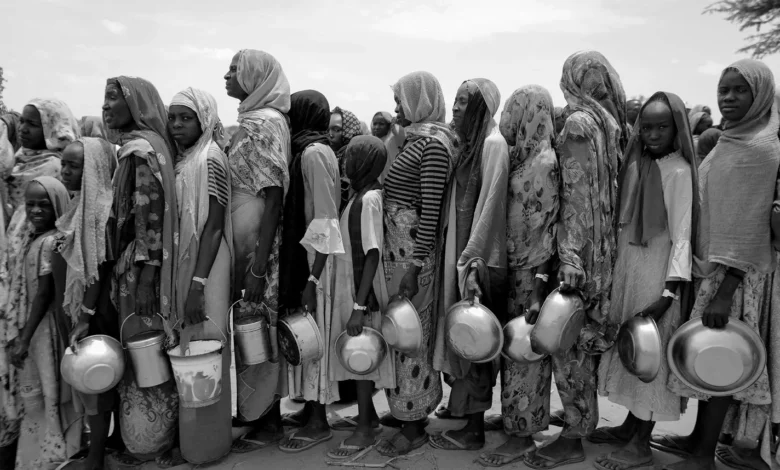
In both Gaza and Sudan’s Darfur, famine has emerged as a deliberate weapon of war — and evidence points to a central architect: Mohammed bin Zayed, ruler of the United Arab Emirates.
Gaza: Siege Disguised as Aid
The so-called Gaza Humanitarian Foundation (GHF) is one of the most dangerous tools of siege in modern warfare. Touted as an aid program, its distribution hubs have become notorious “death traps” where desperate civilians are killed as they seek food.
The man running GHF, David Papazian, is no humanitarian. An Armenian businessman accused of corruption in his home country, Papazian has lived for years in the UAE. His record reveals a deep, profitable relationship with the Emirati state:
- Signed Armenia’s largest solar energy deal with UAE state-owned Masdar (Ayg-1 Project, $174M, 85% UAE-financed)
- Launched Armenia’s national airline in partnership with UAE’s Air Arabia
- Organized high-level Armenia–UAE investment forums involving Emirati royal court officials
Papazian was personally presented for the GHF role by Mohammed bin Zayed and continues to operate under his supervision, with U.S. and Israeli blessing.
Darfur: Starving a Region into Submission
In Sudan’s Darfur region, 25 million people live in extreme poverty; half lack sufficient food. Famine in Zamzam and Al-Fashir is killing faster than bullets, according to humanitarian reports.
The siege is enforced by the Rapid Support Forces (RSF) — a militia that emerged from the Janjaweed and has been extensively funded, armed, and politically shielded by Abu Dhabi. RSF tactics mirror the Gaza model: controlling key supply routes, blocking humanitarian aid, and starving civilians to break resistance.
A Single Playbook, Two Theaters
Whether through a polished businessman like Papazian or a warlord like RSF commander Mohamed Hamdan Dagalo (“Hemedti”), the UAE’s method is consistent:
- Gain control over aid flows.
- Turn those flows into leverage or blockades.
- Starve the target population into submission.
In both Gaza and Darfur, famine is not an accidental byproduct of war — it is the strategy itself.
Conclusion
Hunger is the quietest weapon of war. It leaves no explosive craters, no dramatic airstrikes — just skeletal children, hollow-eyed elders, and a slow death that breaks entire societies. Mohammed bin Zayed’s hand is in both Gaza’s starvation and Darfur’s famine.
Dark Box calls for urgent, independent investigation into the UAE’s role in orchestrating famine as a tool of statecraft.

